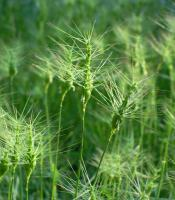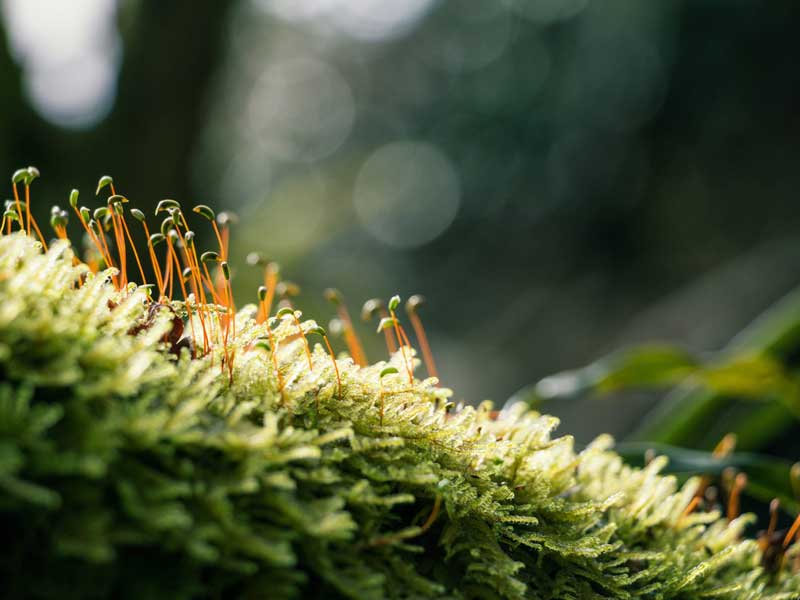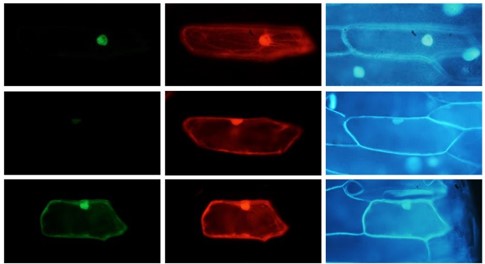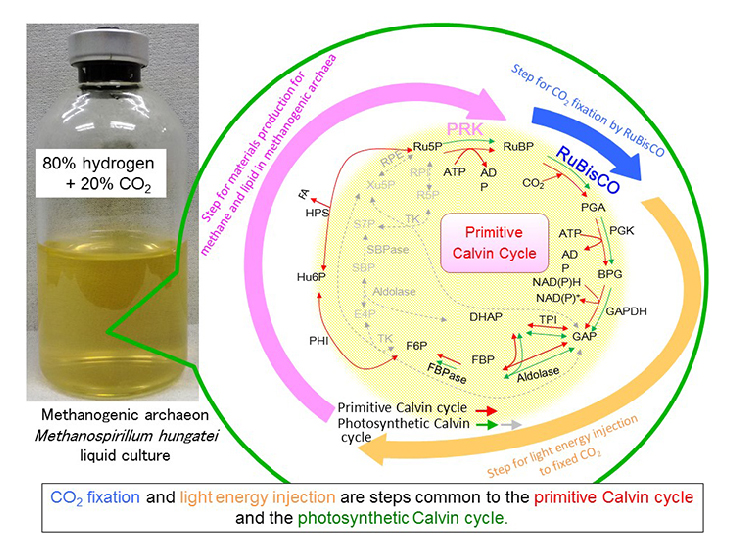A research team led by Associate Professor MIYAKE Chikahiro and PhD student TAKAGI Daisuke from the Kobe University Graduate School of Agricultural Science have reproduced the reaction in which harmful reactive oxygen species are created during plant photosynthesis, and clarified a mechanism behind plant withering. This discovery could help to ensure stable food supplies by cultivating plants that can withstand environmental stresses such as global warming. The findings were published on March 2 in the online version of Plant Physiology.
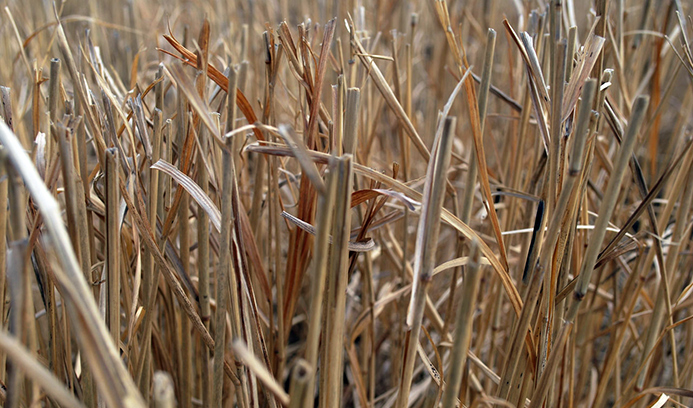
The majority of plants depend on photosynthesis as an essential energy source. However, when the light energy necessary for photosynthesis is absorbed in excess, harmful reactive oxygen species (ROS) are produced. In most cases plants use enzymes to deal with these reactive oxygen species. If plants are exposed to environmental stresses such as lack of water or excess minerals, their ability to photosynthesize is reduced, the ROS removal mechanism cannot keep up with the ROS produced from excess light energy, and plants wither and die. Researchers already knew that ROS are produced within chloroplasts in plant cells, but the exact location and the mechanism behind this were unclear.
Professor Miyake’s research group extracted chloroplasts and thylakoid membranes from leaves, and exposed them to excess light using repetitive short-pulse illumination. As a result of this treatment, a particle known as “P700” which absorbs light energy within photosystem I1 stopped functioning, and three types of reactive oxygen species were produced: superoxide radicals (O2 -), hydroxyl radicals (OH・) and singlet oxygen (1 O2). They further confirmed that by limiting the flow of electrons to photosystem I the production of reactive oxygen species was suppressed.
Due to factors such as global warming, Earth’s natural environment is becoming increasingly inhospitable for plant life. “By revealing the mechanism for the production of ROS and part of its regulatory mechanism, there are future possibilities for ensuring a stable food supply despite global warming,” said Professor Miyake. “The next step is to reveal the regulatory mechanism for ROS on a molecular level.”
- 1 Photosystem I (PSI)
- a protein complex in thylakoid membranes that plays a major role in plant photosynthesis
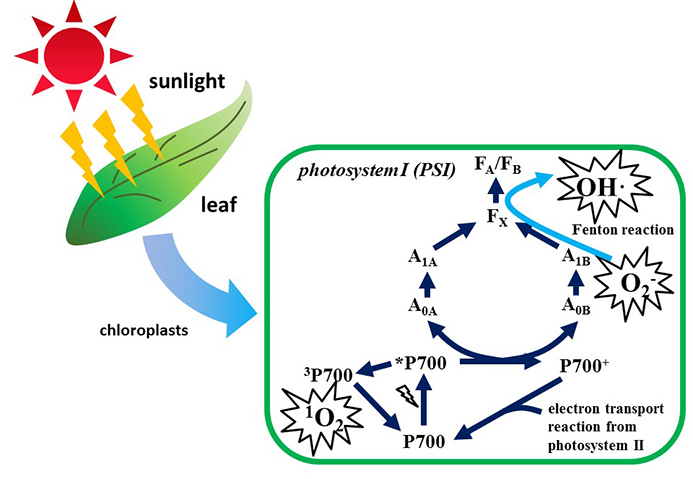
Journal information
- Title
- "Superoxide and singlet oxygen produced within the thylakoid membranes both cause photosystem I photoinhibition"
- DOI
- 10.1104/pp.16.00246
- Authors
- Daisuke Takagi, Shigeo Takumi, Masaki Hashiguchi, Takehiro Sejima, Chikahiro Miyake
- Journal
- Plant Physiology


